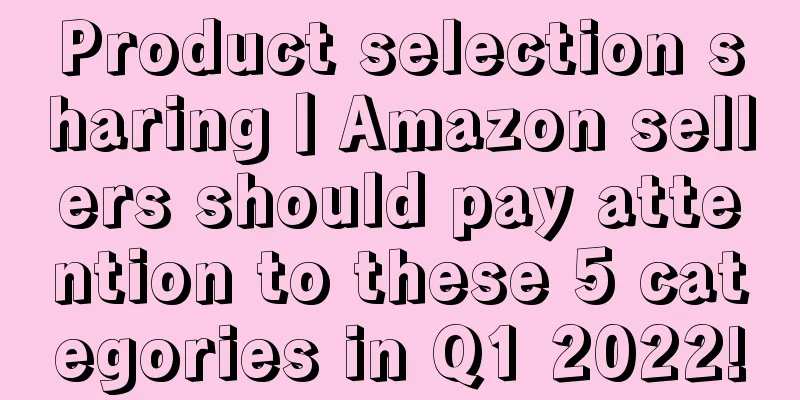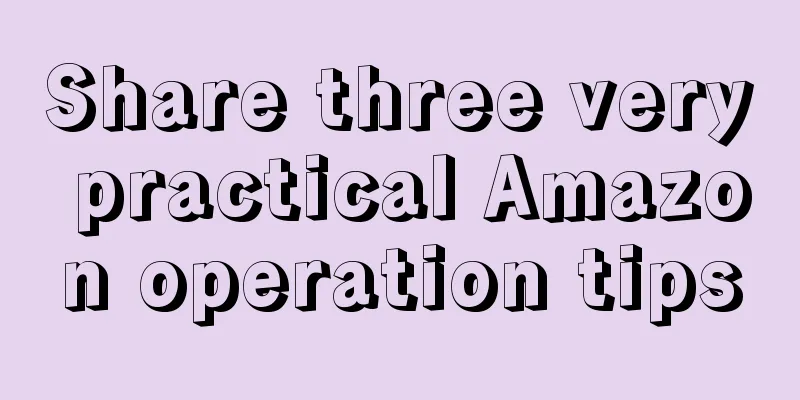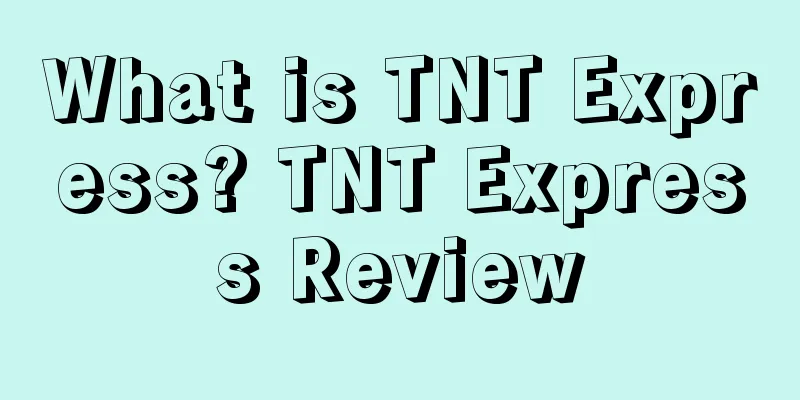|
Google is the largest and most influential search engine on the Internet. It is easy to imagine how effective advertising on Google will be. However, Google advertising is also very expensive. What should we do if we want to have low advertising costs, good advertising results and high traffic conversion rates?
Without a good advertising strategy, it is difficult to achieve this. Therefore, this article will provide six Google Ads delivery tips. It will help those who are just starting out and sellers who want to improve their advertising data. Tip 1: Dig Deeper into Your Remarketing Audience
We know that the benefits of remarketing ads are very considerable. The secret to the success of Google remarketing ads is that its remarketing audience list is very detailed. If you run remarketing ads for customers who have previously visited your homepage, the effect is good, but to be truly successful, you need to further narrow the target range.
You can further segment your target audience into: customers who visited your homepage, customers who visited your product detail pages, and so on.
In this way, your ads can be pushed to consumers who have purchasing intentions. The more specific the audience segmentation, the lower the CPC cost and the higher the conversion rate.
So how do you segment your audience for Google remarketing ads? You can use Google Analytic to view traffic or consumer behavior, as shown below: With this data, you can know the whereabouts of consumers after entering your website. With this data, you can create more segmented audiences, make your ads more targeted, and thus increase conversion rates.
In short, the more segmented your audience is, the higher the chances of your ads getting high conversion rates at a low cost.
Tip 2: Use long-tail keywords wisely Keywords are an important part of placing Google ads. For general keywords with many competitors, not only will the paid click fees be high, but the target traffic will also be small and the conversion rate will also be low. At this time, it is recommended that you place long-tail keyword ads. For example, if you sell leggings, and you decide to bid on the keyword "leggings," this will be very expensive and may not bring the traffic you want. But if you use a long-tail keyword like "where to buy the best yoga pants," although the search volume is lower, there are fewer competitors, and the cost of advertising will be lower.
You can create more personalized ads based on consumers' specific search terms. In addition, you can expand the search term to be more specific, which will result in fewer competitors, lower CPC costs, and higher conversion rates.
Tip 3: Combine In-market Audiences with Remarketing Audiences
After mastering the above two basic skills, congratulations on upgrading to the second level. First, let me explain Google’s In-market audience. Simply put, if a consumer shows signs of making a purchasing decision, then he is in-market. Google determines whether a target audience is an in-market audience based on the following factors:- The number of times users click on relevant ads and their conversion rate
- Frequency of visiting the webpage
- Access the content of the web page
(YouTube link: https://www.youtube.com/watch?v=T1Qv9xrRHew)
Remarketing with in-market audiences is not that complicated. You can find in-market audiences in any Google search campaign and create remarketing lists. Find ways to find in-market audiences : Targeting > Interests and Remarketing > In-market Audiences.
By further slicing your in-market audience through remarketing ads, you are actually further narrowing your audience and delivering ads to consumers who are truly interested in your products.
Process principle: Maintain advertising relevance → reduce CPC costs → increase conversion rate.
Tip 4: Customize Google Lookalike Audiences
Everyone knows that Facebook ads have similar audiences (Lookalike Audience), but have you tried to create Google's similar audience? In fact, you can customize similar audiences based on the types of products that potential consumers are interested in and the media applications they use.
Method: Open the audience list → Custom → Interests & Remarketing → Custom Affinity Audiences
Next up: targeting specific audiences for ads, adjusting ad bids, and acquiring targeted traffic. RLSAs play an important role in achieving this goal.
What are RLSAs? RLSAs is short for remarketing lists for search ads, which are remarketing audience lists for Google search ads . Below I will give an example to illustrate the use of RLSAs.
If you’re already running Google remarketing campaigns based on traffic and user behavior, you can create new RLSAs to target users who have already converted. The new campaign can be targeted based on the products purchased by the customer or the average order value.
Another way to effectively use RLSAs is to bid on keywords in your competitor’s remarketing campaigns. This way, you can precisely target your ads to consumers who have purchased products similar to yours. Then, creating a RLSA list of only customers who have purchased your products can greatly increase conversion rates while ensuring that the ads you run are profitable.
Smart use of RLSAs is an important factor in differentiating yourself from your competitors and can have a huge positive impact on your bottom line. But remember, like any other advertising element, you need to continually tweak and test your RLSAs.
Tip 6: Integrate marketing across channels
Any successful seller will tell you that if you want a lot of traffic, you need to develop an off-site marketing strategy. But to be successful, it’s not enough to just advertise on Google and Facebook, you need to integrate marketing across channels.
Therefore , it is recommended that you combine Google Ads and Facebook Ads . The premise of combining the two is due to Google's RLSA list. The benefits of doing so are:- Ability to target exact consumers in Google Ads campaigns vs. Facebook
- Integrate advertising elements, such as headlines, across channels
- Increase conversion rates on Google Ads through Facebook Ads and vice versa
- Upgrade your Google Ads with remarketing
Assuming that you have attracted enough potential consumers through Facebook Ads’ similar audiences, then create a RLSA list based on Facebook’s similar audiences and run keyword ads on Google , the possibility of consumers converting into customers will be greatly increased. This is because it can accurately target potential consumers who may want to buy your products and are already familiar with your brand.
Don’t know what to do if you’re creating a cross-channel campaign for the first time? Don’t worry, we’ll teach you how to do it.
Step 1: Create Facebook awareness ads to attract potential consumers. Be careful to exclude customers who have already visited the website;
Step 2: Transfer your Facebook audience to Google Ads. Use UTM tags in your Facebook ad groups to link ad clicks to Google analytics.
Step 3: Create a RLSA audience list based on the results of Google analytics, and then create Google remarketing ads based on this list. Pay attention to using the keywords with the highest conversion rate in the campaign.
Step 4: Try bidding using ad groups and create more targeted ads based on the traffic generated by Google remarketing ads. These are the six tips for running Google ads. What stage are you at now? Feel free to share your experience with us in the comments below.
Statement: When reprinting this article, the title and original text must not be modified, and the source and original link must be retained. |










